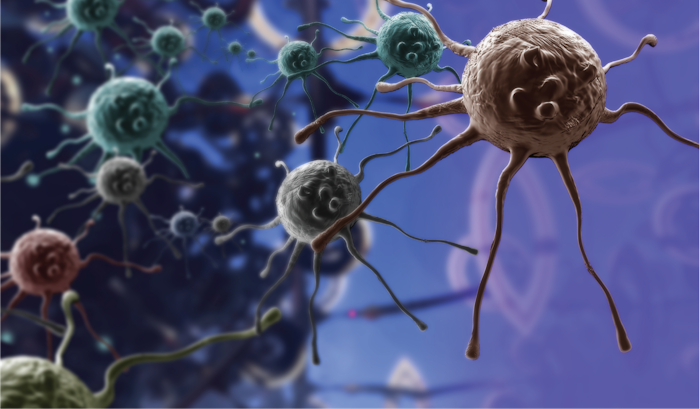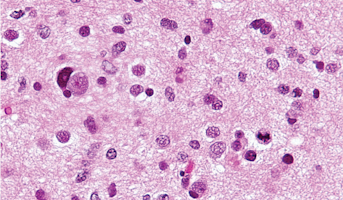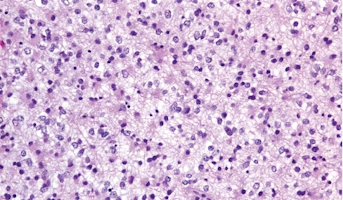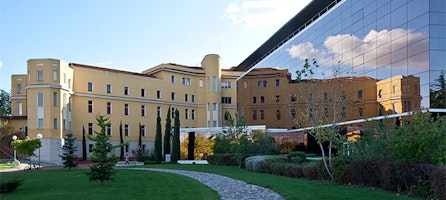Identification of Novel Therapeutic Approaches for pHGGs
Email Principal Investigator
About this
Project
Gliomas are the most common central nervous system (CNS) tumors in children and adolescents, and they display a particularly broad range of clinical behaviors. Unfortunately, during the last decades there have been no advances in the prognosis of these tumors and therapeutic strategies have changed very little. Pediatric high-grade glioma (pHGG) is a devastating form of glioma, with the most aggressive forms being lethal within months. Conventional treatments, such as chemotherapy and radiotherapy, can have devastating effects on the developing brain of a child. Therefore, new modes of treatment are greatly needed. Targeted therapies could reduce the need for toxic therapies such as chemotherapy and radiation. Researchers plan to use a combination of mouse and patient-derived models to identify novel therapeutic approaches for pHGGs. The cell lines generated though the Children’s Brain Tumor Network represent an unique and extremely valuable resource.
Ask The
Scientists
What are the goals of this project?
Researchers will use mouse and patient-derived models to identify therapeutic targets for the treatment of pediatric high grade gliomas.
What is the impact of this project?
Once targets are identified, further research can be carried out in the development of new clinical trials and therapies.
Why is the CBTN request important to this project?
The Children’s Brain Tumor Network’s provision of high quality cell lines is necessary for the development of models used in this research.
related
Histologies

High-Grade Glioma
High-grade Gliomas (HGG) or astrocytomas in children nearly always result in a dismal prognosis. Although novel therapeutic approaches are currently in development, preclinical testing has been limited, due to a lack of pediatric-specific HGG preclinical models. These models are needed to help test

Low-Grade Glioma
Low-Grade Gliomas also called astrocytomas are the most common cancer of the central nervous system in children. They represent a heterogeneous group of tumors that can be discovered anywhere within the brain or spinal cord. Although surgical resection may be curative, up to 20% of children still su




